Table of Contents
In the chaos of our digital age, where social media noise and constant notifications overwhelm our senses, it
is easy to lose touch with ourselves. But what if the key to rediscovering your essence was not in an app or a
wellness hack—but in your own creativity?
“Art, in all its forms, has the power to heal, offering a sanctuary for self-expression and emotional balance”.
Art and Emotional Well-Being
Our emotions and bodies exist in a delicate rhythm. When we feel joy, peace, or excitement, our heartbeats and breathing patterns synchronize, creating a state of harmony. On the other hand, stress and anxiety can disrupt this balance. Art mirrors this dynamic—it can either amplify chaos or restore order. Whether through painting, music, dance, or sculpture, creative expression serves as an outlet for emotions that words often fail to capture.
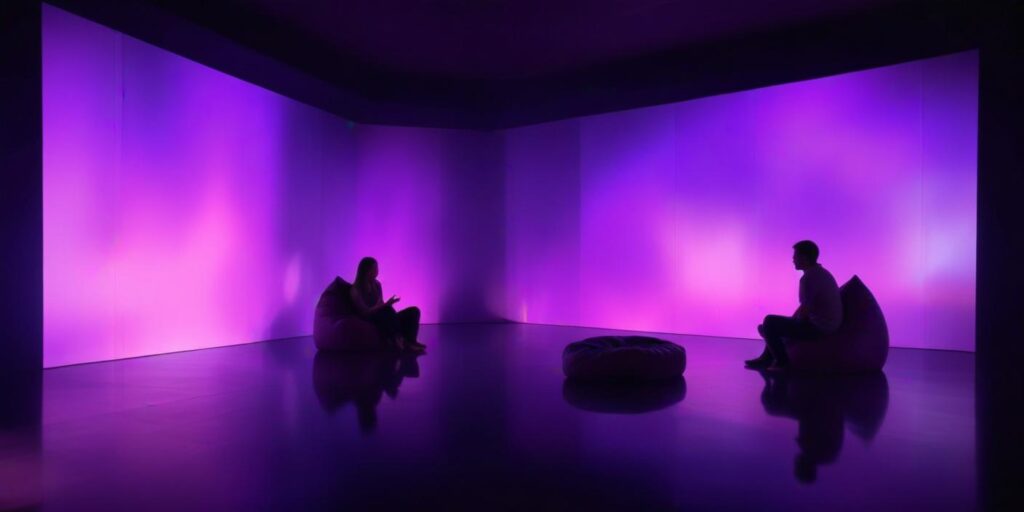
Scientific research supports the link between artistic engagement and mental wellness. Studies show that creating art lowers cortisol levels, the hormone associated with stress, and increases dopamine, the neurotransmitter linked to pleasure and motivation. Furthermore, neuroimaging research reveals that engaging in artistic activities enhances connectivity between different brain regions, particularly those responsible for memory, emotional regulation, and problem-solving.
Art therapy, a well-established psychological approach, has demonstrated its effectiveness in treating conditions such as PTSD, depression, and anxiety. A study published in the journal Frontiers in Psychology found that even a single session of art-making can significantly reduce stress and improve mood. The simple act of engaging with colors, shapes, and textures stimulates the brain’s reward system, fostering a sense of relaxation and accomplishment.
Immersive Art and Self-Discovery
My practice as an artist is dedicated to fostering wellness by integrating art, technology, and science to create immersive experiences that encourage emotional awareness and healing. Through the careful orchestration of light, sound, space, and time, my work illuminates the intricate subconscious dynamics that shape human physiological and emotional systems. At its core, my artistic approach is a fusion of technology, science, and humanity—an alliance that gives rise to transformative narratives designed to evoke positive emotional responses and nurture well-being. With a background in Virtual Reality and spatial design, I am passionate about harnessing the power of emerging technologies to bridge the gap between the intangible and the tangible, using art as a conduit for introspection and transformation.
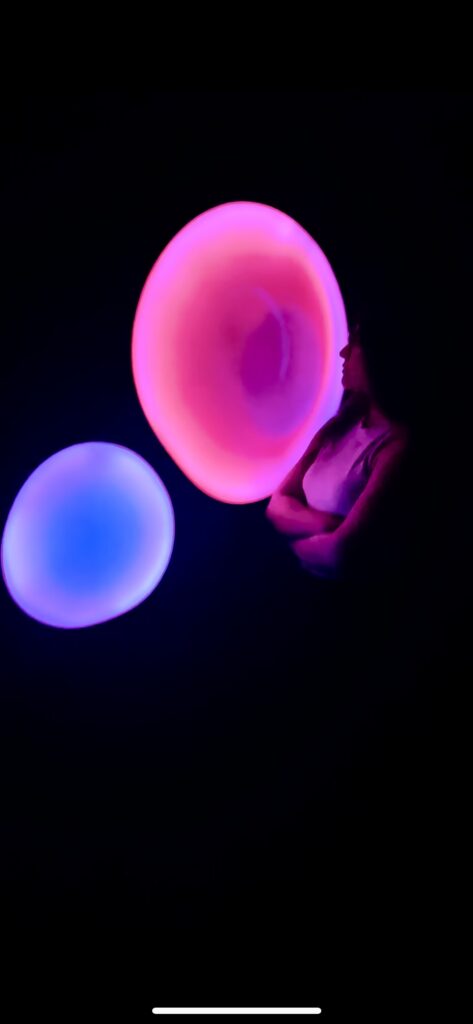
One such work, Effection, is a multi-sensory installation that transforms participants’ heartbeats into interactive light and sound displays. Created in collaboration with visual artist Myles and sound designer Aman Jagwani, this immersive experience bridges the gap between emotion and perception, allowing individuals to witness their internal rhythms come to life.
As visitors step into the installation, biofeedback technology captures their heart rate and translates it into shifting colors and evolving soundscapes. The experience is unique to each participant, highlighting the profound connection between our emotions and physiological states. Some described it as deeply calming, while others feel a renewed sense of energy and focus. By externalizing what’s happening inside us, Effection offers a moment of reflection, a chance to tune into our emotions in an entirely new way.
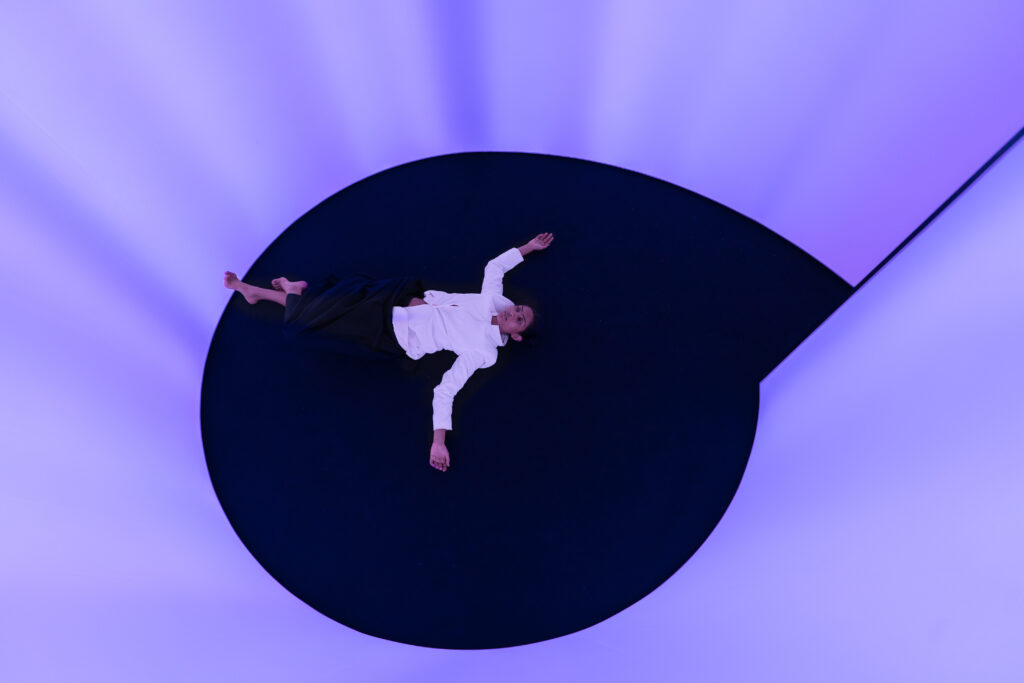
Neuroscientific research suggests that immersive art experiences such as Effection can engage the brain’s default mode network (DMN), which is associated with introspection, self-awareness, and emotional processing. When we engage with art in a multi-sensory manner, our brains enter a meditative state, reducing activity in the amygdala—the region responsible for fear and stress responses—and promoting a state of relaxation and heightened self-awareness.
The Art of Everyday Wellness
In creating Effection, I have come to understand that an artist’s role goes far beyond aesthetics. We are storytellers, philosophers, and agents of change. Our work carries the responsibility of igniting hope and faith in humanity, reminding people of their innate beauty and boundless potential. Art holds the power to unravel life’s complexities—it offers a window into the raw, unfiltered essence of human experience, reveals the quiet grace and resilience hidden beneath the surface, and fosters introspection, purpose, and a deep sense of belonging.
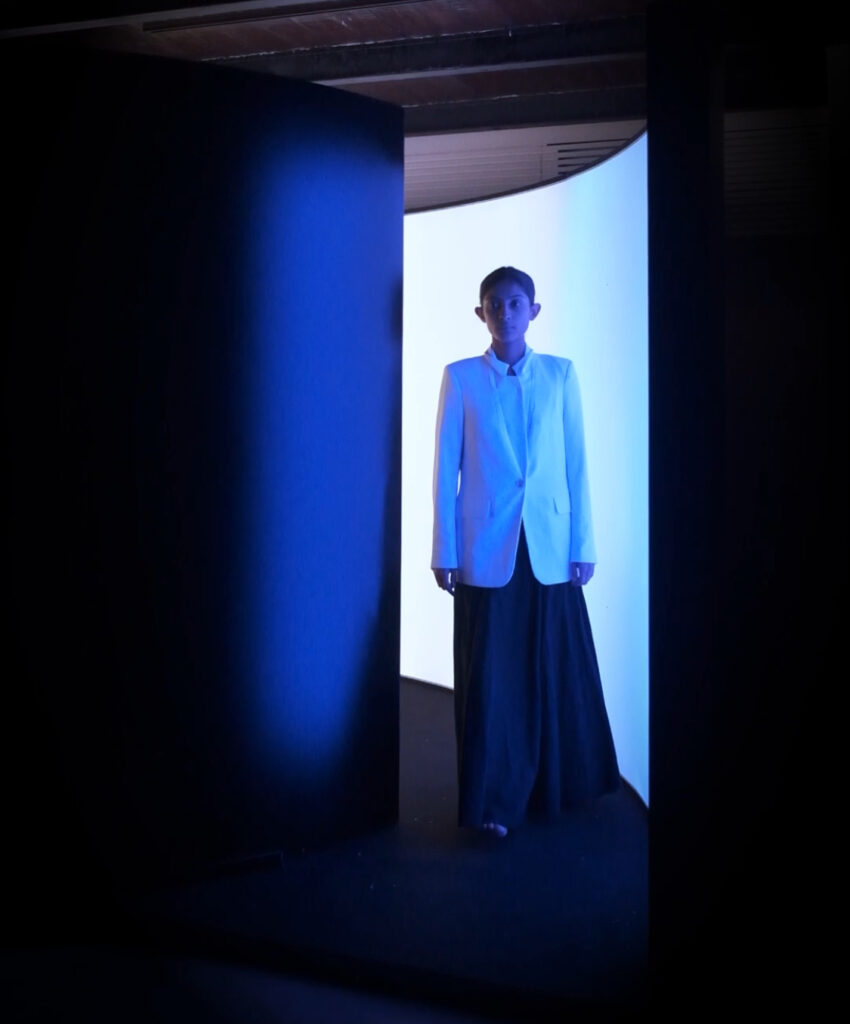
Emerging research in the field of neuroaesthetics explores how engaging with art impacts brain function and emotional regulation. Scientists have discovered that viewing and creating art activates the brain’s reward system, triggering the release of oxytocin—the “bonding hormone” that fosters social connection and emotional resilience. Additionally, art-making has been shown to stimulate neuroplasticity, the brain’s ability to reorganize itself by forming new neural connections, which can be particularly beneficial in recovery from trauma or neurological conditions.
So pause. Listen to your heartbeat. Pick up a brush, a pen, or a handful of clay, and just create. Release the pressure to make something “good.”
The goal is not perfection—it is expression. And in that act of creation, you may just find healing, clarity, and a renewed sense of self.
Featured image courtesy: Softening into reflection, 24 hours, digital art, 2025. Image Courtesy: Madhura Deshmukh.

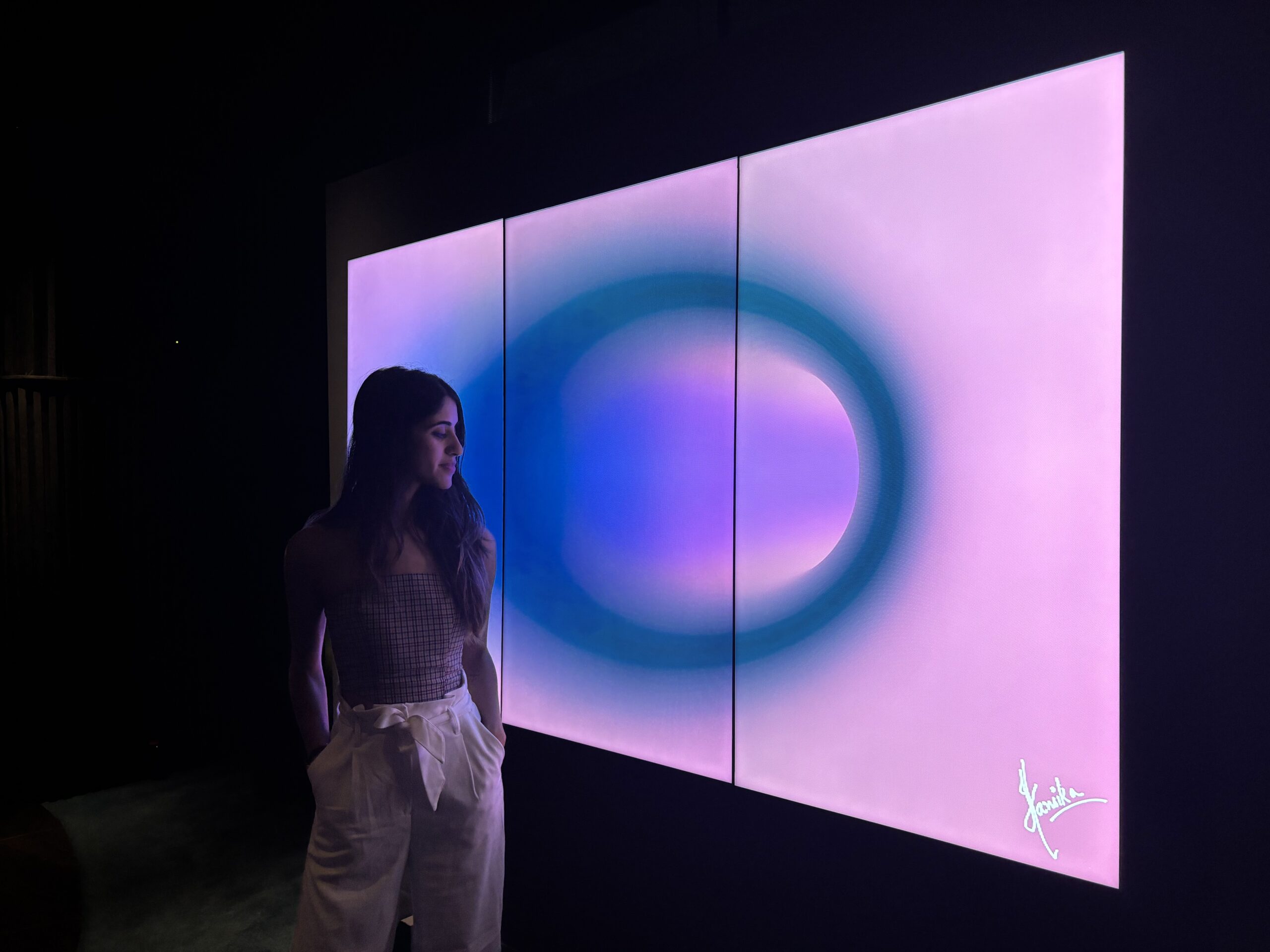
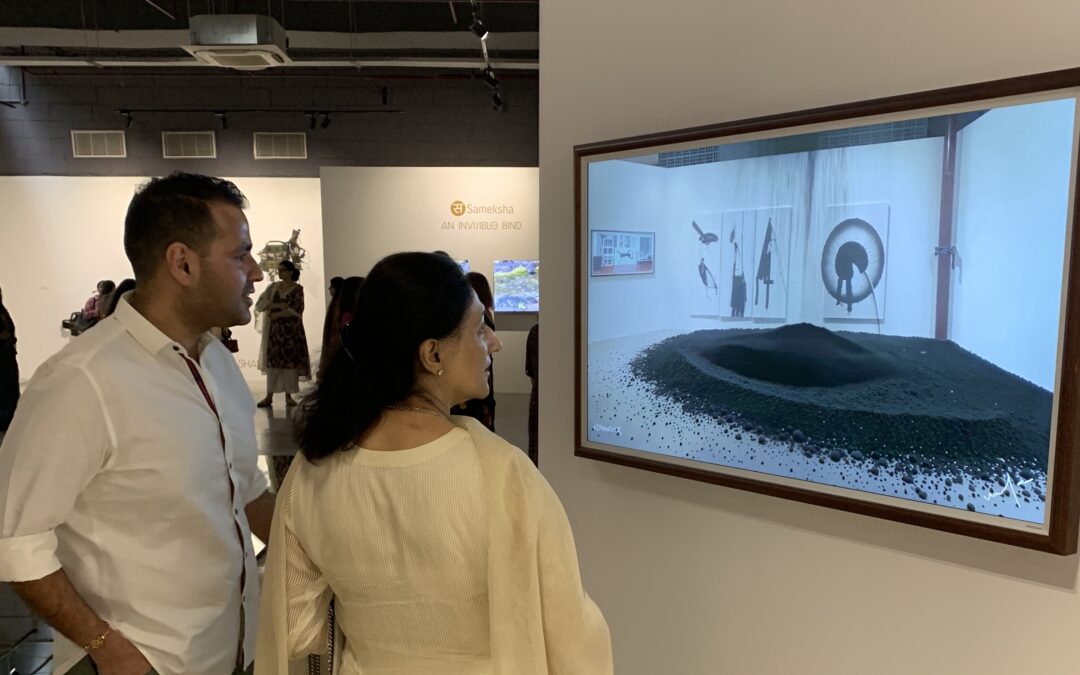
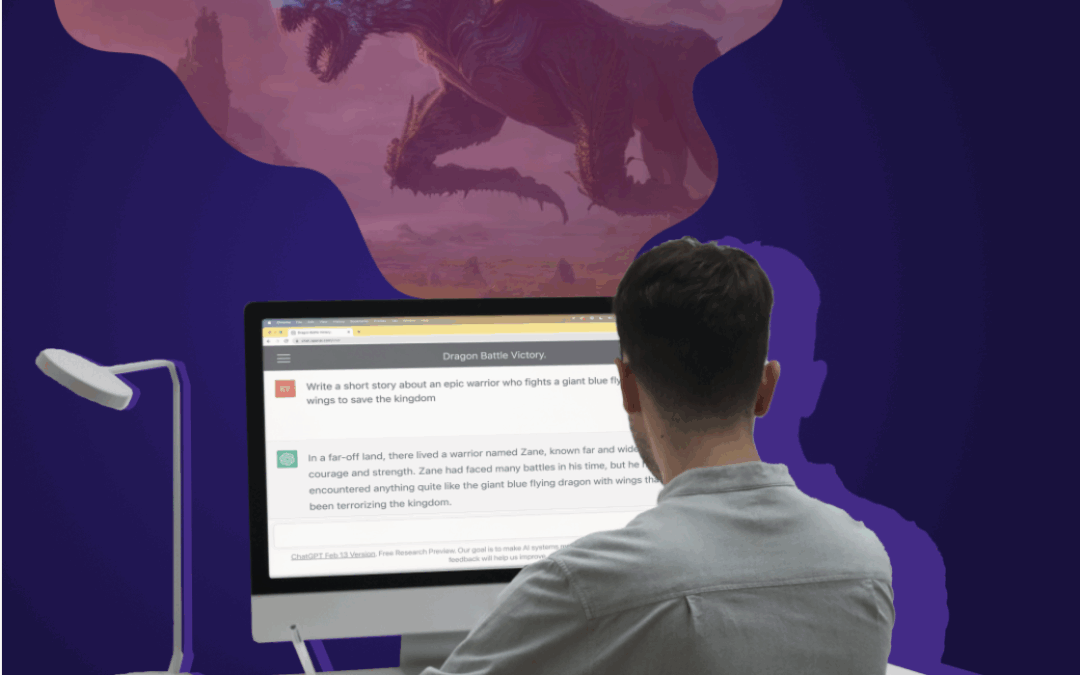
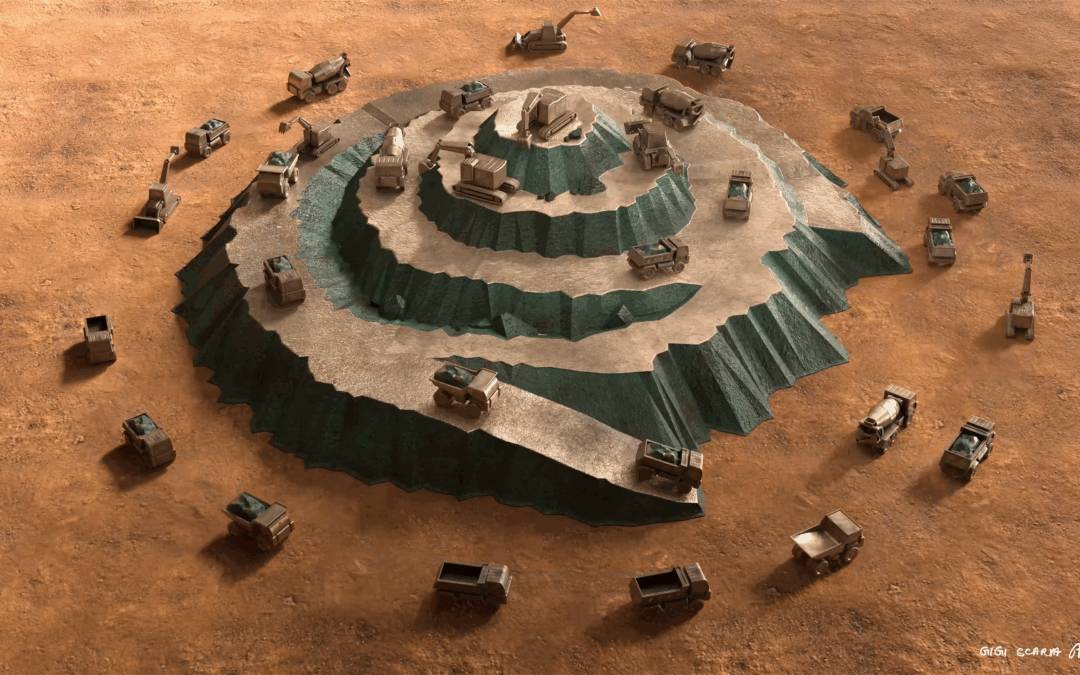
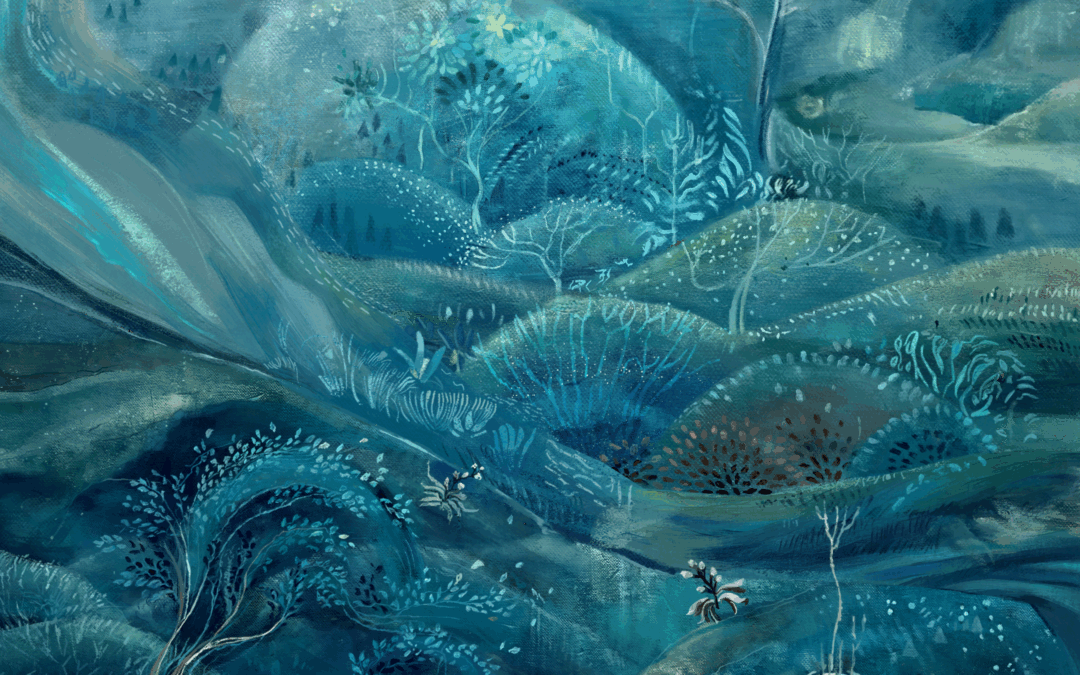
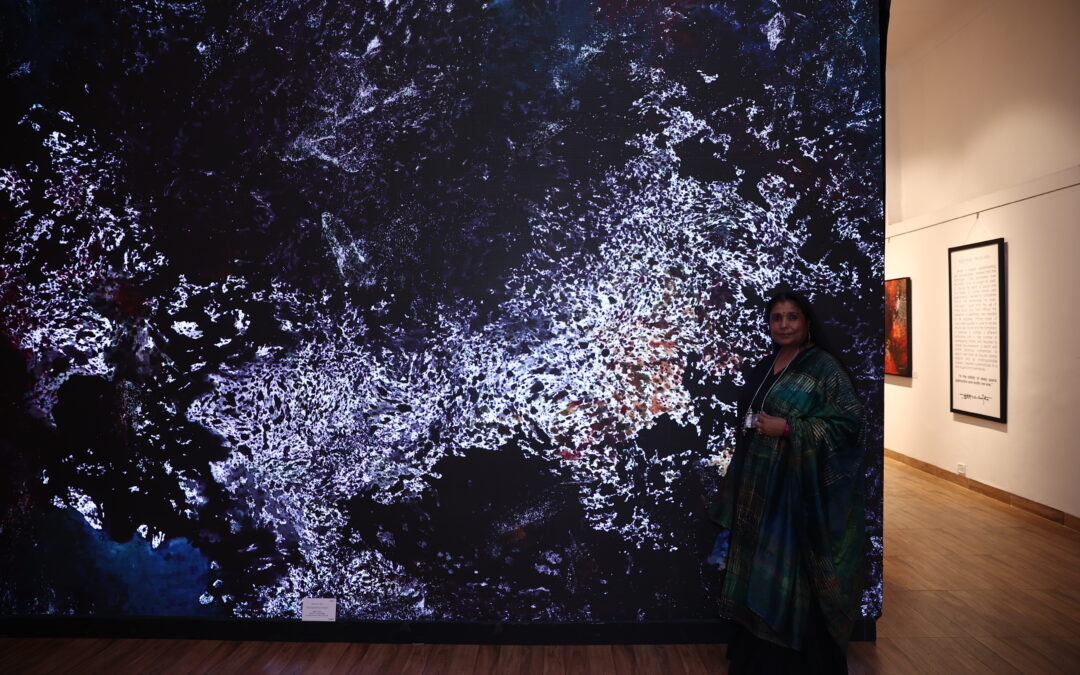
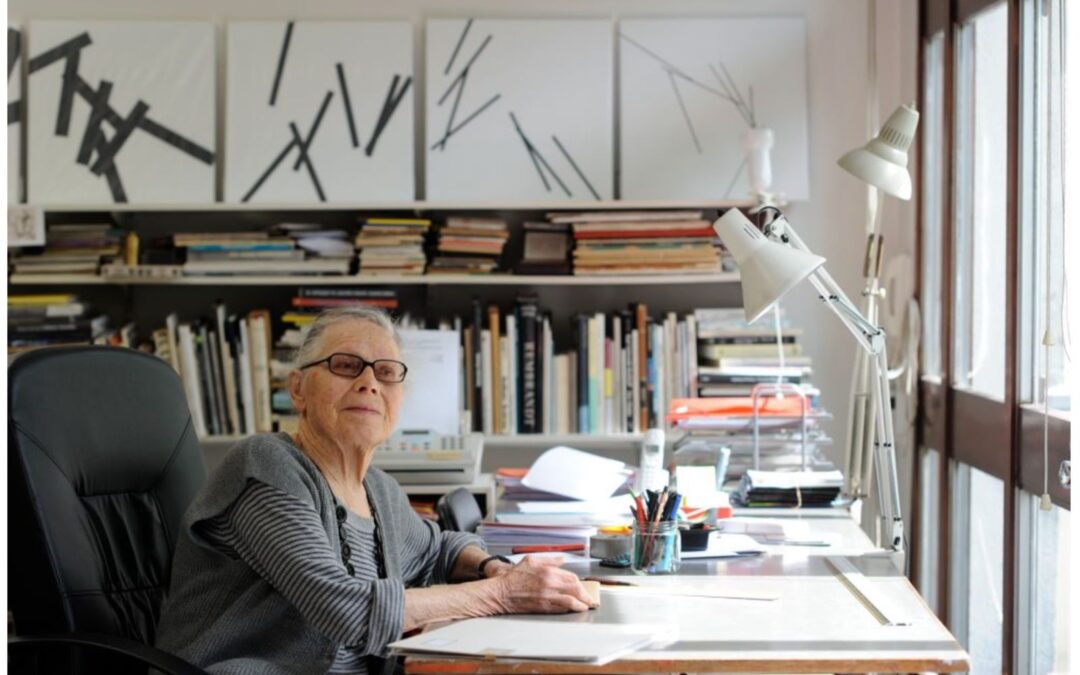
0 Comments